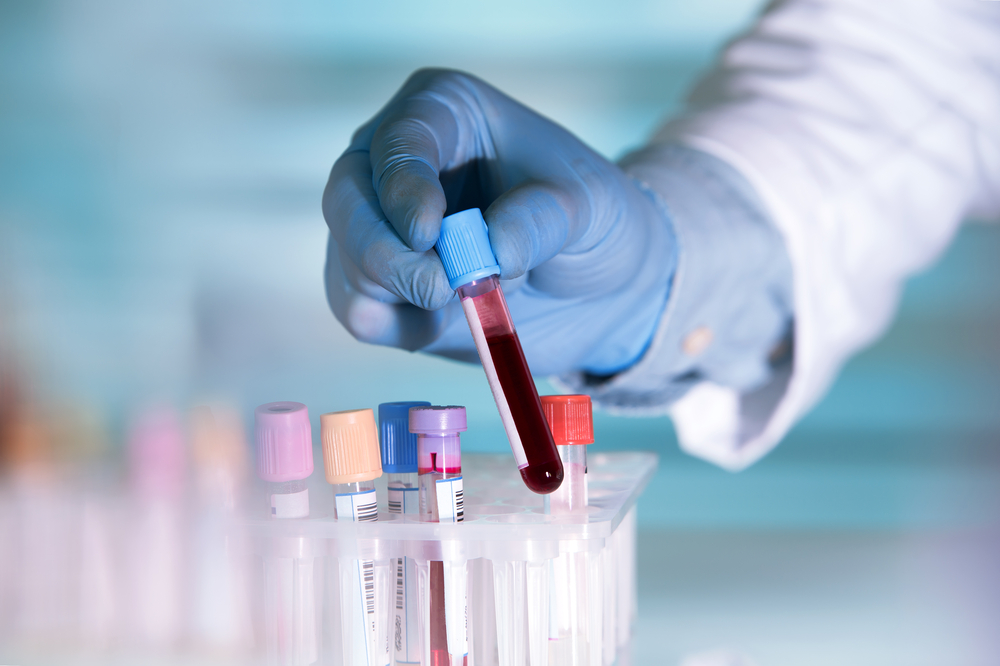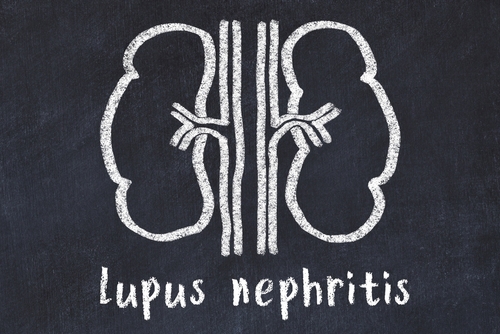
In the 30-day period following consultation or hospitalization for gout flares, a transient increase in the rate of venous thromboembolism (VTE) was observed in patients, according to a study published in Arthritis & Rheumatology.
“Flares are the most common and dominant manifestation of gout,” the researchers wrote. “These changes could transiently increase the risk of VTE by promoting vascular stasis, upregulating blood coagulation, platelet aggregation, and endothelial dysfunction. The main objective of this study was to examine the temporal association between recent prior gout flare and VTE in the following 90 days.”
Additionally, the researchers investigated the incidence of VTE in patients with incident gout, as well as the incidence of VTE in the 90 days after a gout flare.
The study population comprised 314 patients aged ≥18 years with incident gout and without VTE prior to the start of the data collection period. The researchers evaluated the association between gout flare and VTE using adjusted incidence rate ratios (aIRRs).
The results of the study indicated that the incidence of VTE was significantly higher in gout patients in the 90-day period following a physician visit or hospitalization for gout flares (aIRR, 1.83), with the highest incidence occurring within 30 days (aIRR, 2.31).
To conclude, the researchers advised, “Patients with gout should be counselled about the increased risk of VTE and advised to remain well hydrated and active in the 30 days after the gout flare.”







 © 2025 Mashup Media, LLC, a Formedics Property. All Rights Reserved.
© 2025 Mashup Media, LLC, a Formedics Property. All Rights Reserved.